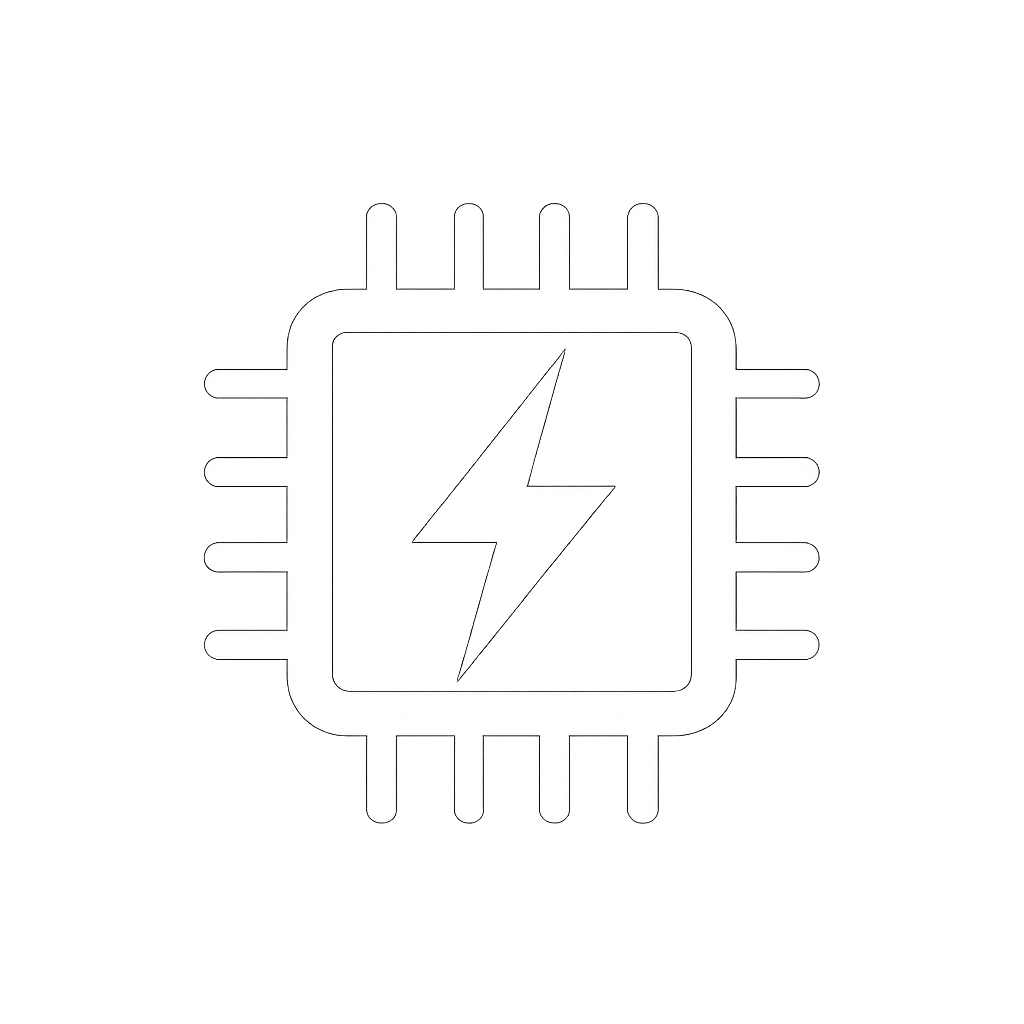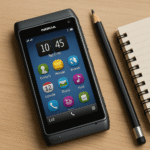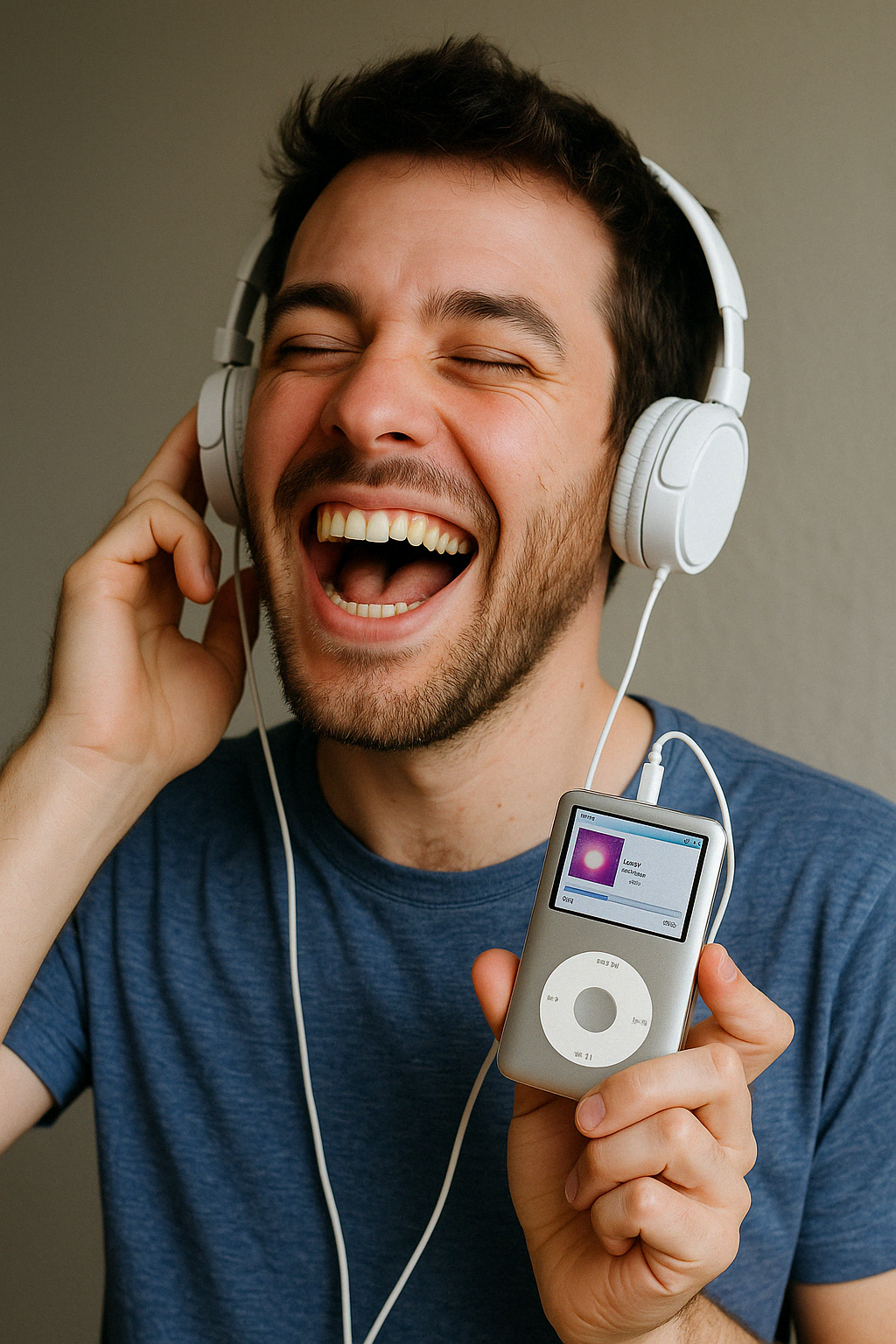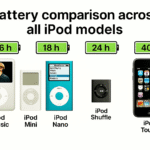The unforgettable Nokia 1100: the brick that conquered the world
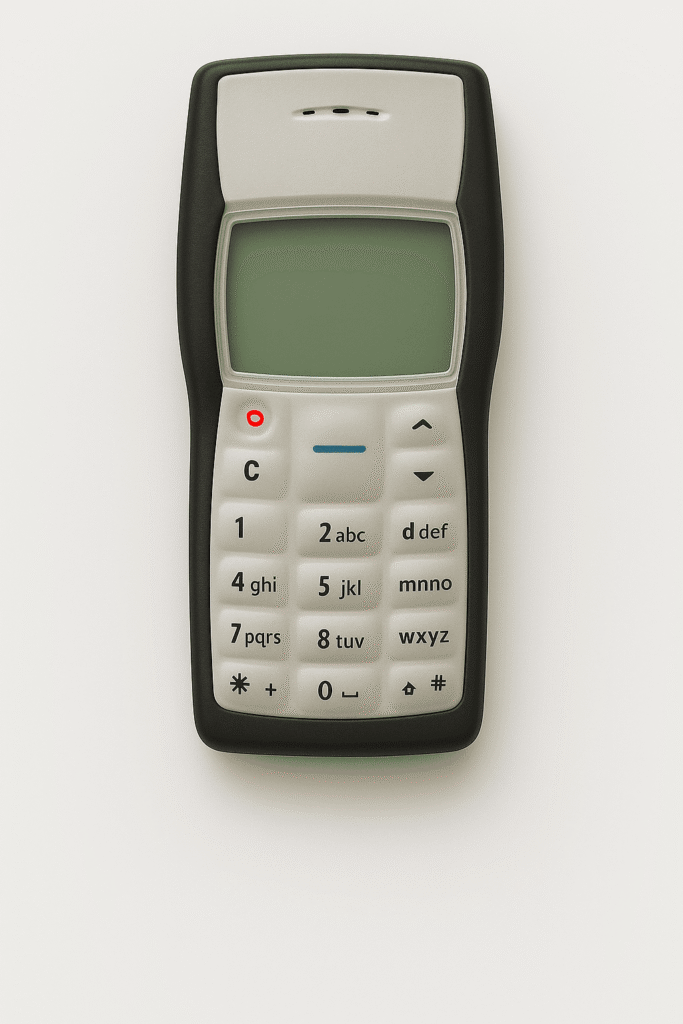
If you lived through the 2000s, chances are you had (or at least saw) a Nokia 1100That small, sturdy device that looked like it was made of adamantium and survived drops, rain, and some even say it could stop a bullet (okay, maybe we're exaggerating a bit... or not). In this post, we're going to review everything that made the Nokia 1100 one of the most important cell phones in history. Spoiler alert: it didn't have a camera, but that didn't stop it from selling 250 million units.
A Finnish tank with a flashlight included
Launched in 2003 by Nokia, the 1100 was designed with a very clear objective: create a cheap, durable, and easy-to-use phone for emerging markets. As phones with color screens and cameras began to invade the market, Nokia said, "What if we made one that only makes calls, sends texts, and has a flashlight?" And so the war tank that conquered Africa, Asia, and Latin America was born.
With a monochrome display 96×65 pixels, tubeless, without Bluetooth, without WiFi, and with barely enough space for about 50 contacts and 50 messages, the Nokia 1100 seemed like a technological fossil… but it was just what millions of people needed. 850 mAh BL-5C battery lasted up to a week on a single charge, and had a built-in LED flashlight that was activated with a single key. It was literally more useful in the dark than many current smartphones.
Designed for real life (not just for showing off)
The 1100 wasn't designed for influencers or business executives in suits. It was designed for people who need a phone. that can withstand the trot, and it more than lived up to its promise. Its rubberized keypad made it dust-resistant, its compact design made it comfortable to use, and its interchangeable case allowed many to show off their Nokia in custom colors (at least back then, that was cool).
In rural environments, areas with limited electricity or harsh conditions, the Nokia 1100 he was the kingWeighing just 86 grams, it survived drops that would make an iPhone weep. And if you don't believe me, just Google it: there are more memes about the Nokia 1100's indestructibility than Chuck Norris.
The best-selling phone in history (yes, really)
With more than 250 million units sold, the Nokia 1100 earned the title of the world's best-selling electronic device.
Neither the iPhone, nor the PlayStation 2, nor Tetris could surpass it. In India, Africa, and Latin America, it was THE phone par excellence.
It was cheap (around $100), reliable, and functional. In Nigeria, for example, Nokia's billionth phone sold was an 1100.
And in the West? Well, at first it was ignored. Tech analysts said it was "too simple."
But Nokia understood something that others didn't: Millions of people didn't want a toy with a camera, they wanted a phone that worked..
Real opinions: they loved him for who he was
Among its users, the opinions were clear: simple, reliable and robustIt wasn't trying to compete with smartphones; it was something else. Many users fondly remember it for its battery life, its useful light during power outages, and of course, for the legendary game of snake (Snake II).
Even today, some people return to it to disconnect from the digital noise. No notifications, no social media, no apps: just calls and messages. Some say it's even therapeutic.
The story of the Nokia that cost 30 thousand dollars
Here's the good part: In 2009, it was discovered that certain German-made units had a security flaw that allowed them to intercept other people's SMS messages. The result? Criminals started paying. up to $25,000 for an old Nokia 1100. Yes, the “world’s most basic” phone became coveted by bank fraudsters.
Nokia denied the vulnerability, but some labs managed to reproduce it under specific conditions. Whatever the case, this only added to the Nokia 1100's legend. From brick to hacker tool... who would have thought?
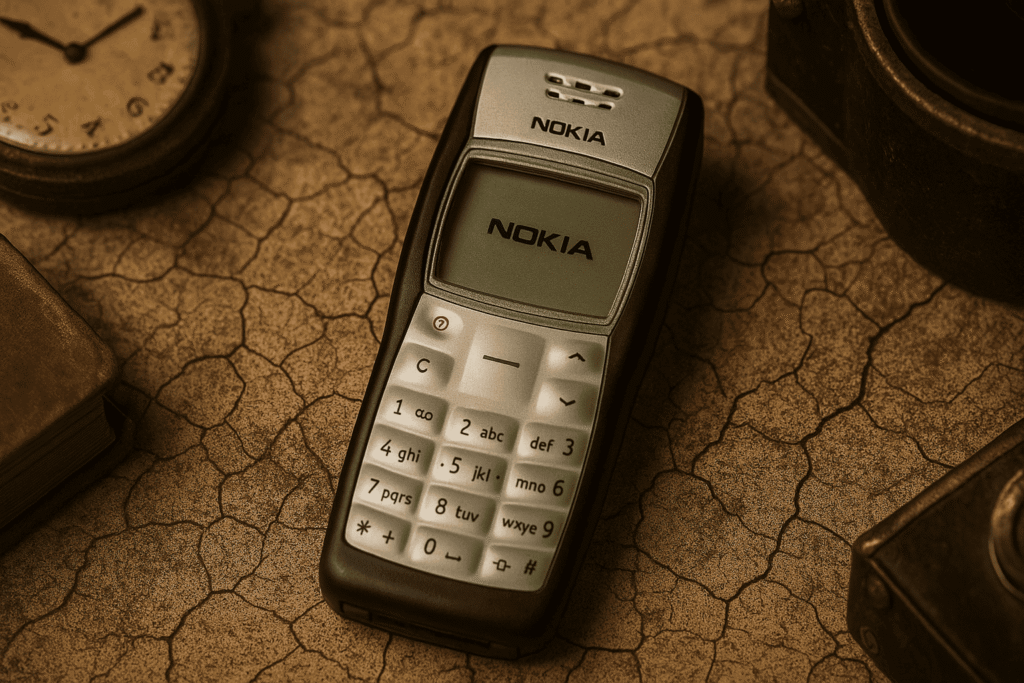
It's more than a phone
The Nokia 1100 didn't have WhatsApp, TikTok, or GPS. But it did have something many of us miss today: simplicity.
It was a phone that did exactly what it promised, and did it very well. That's why its legacy lives on in the memories of millions. It was the first cell phone for many, the only one for others, and the most reliable of all.
Today it's a collector's item. It's still sold in secondhand stores, sometimes out of nostalgia, other times out of necessity. Some seek it out just to keep it as a relic. And with good reason: the 1100 was more than just a mobile phone; it was a silent revolution.
